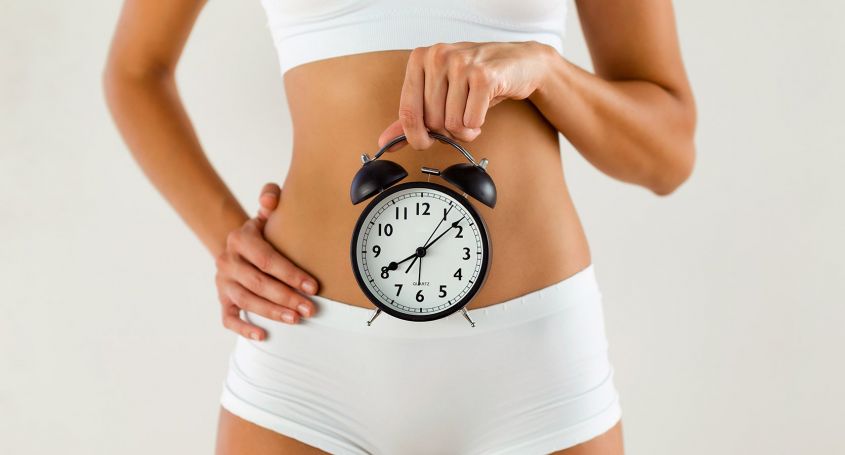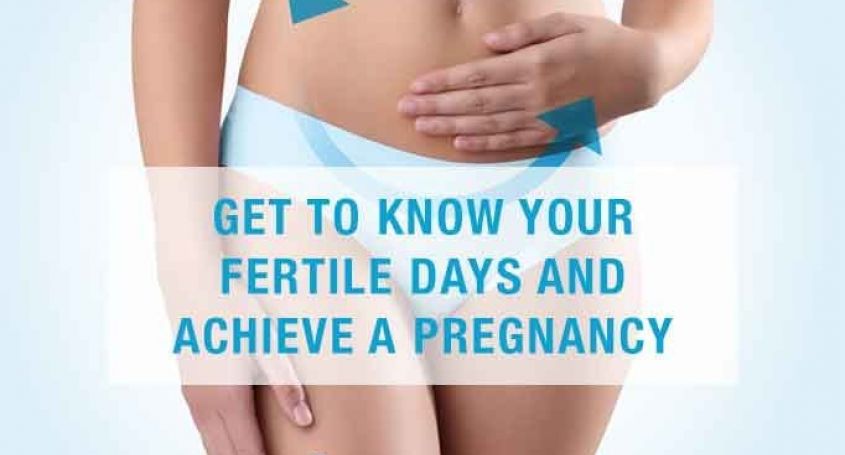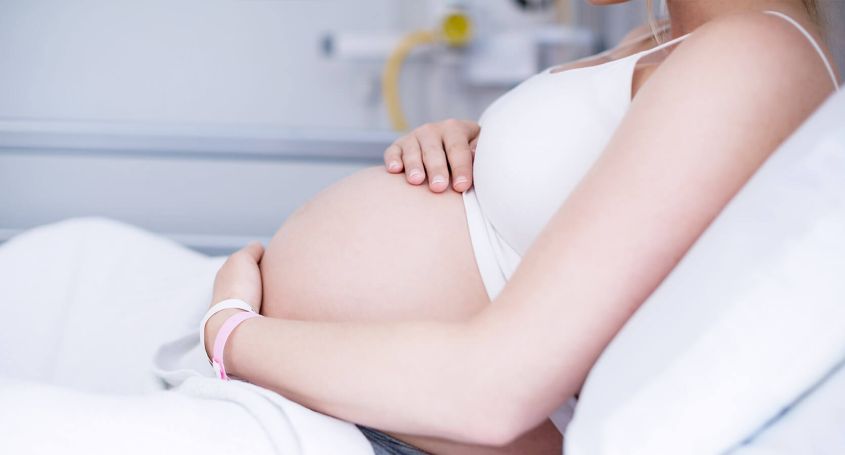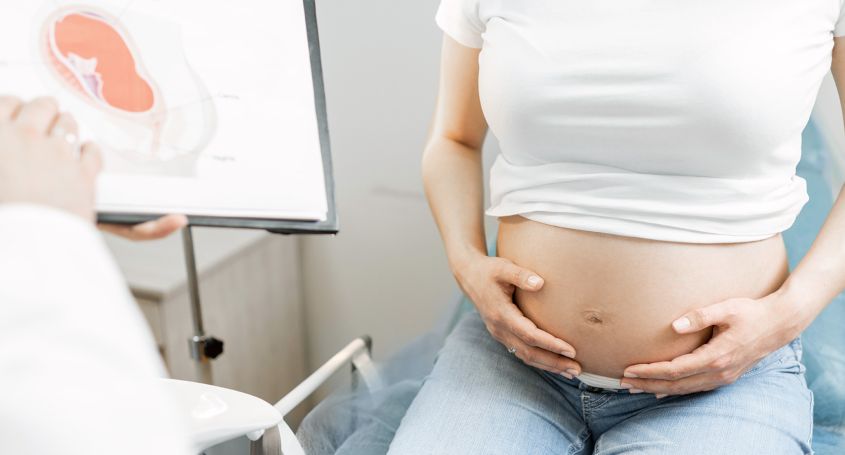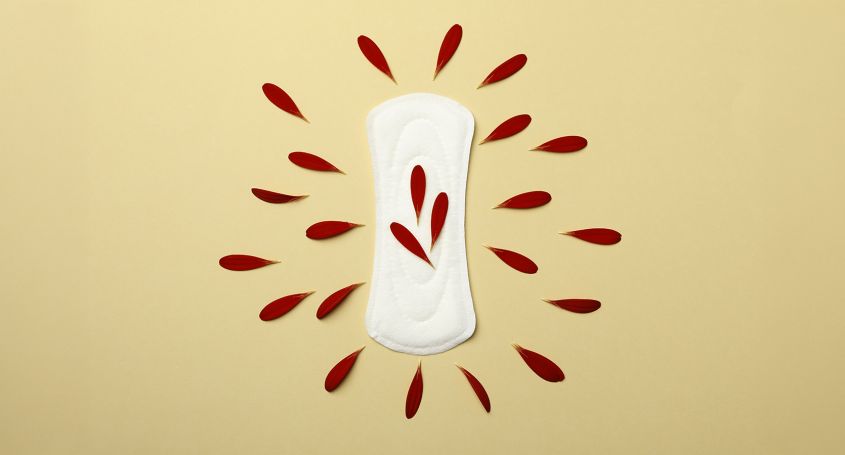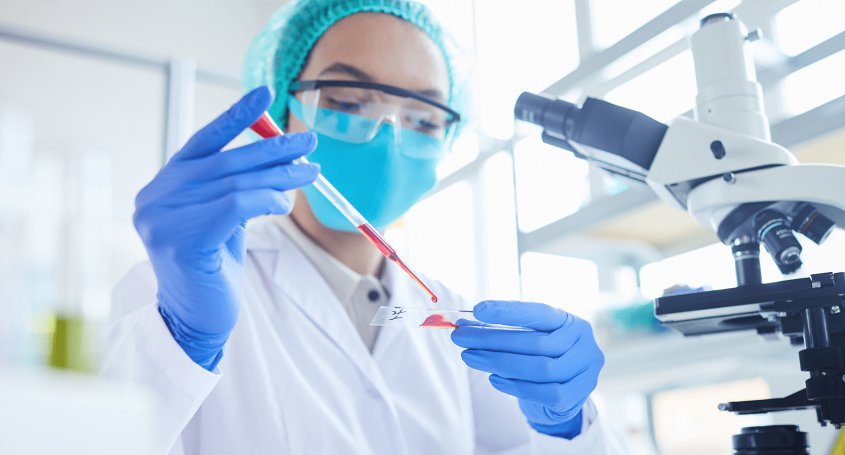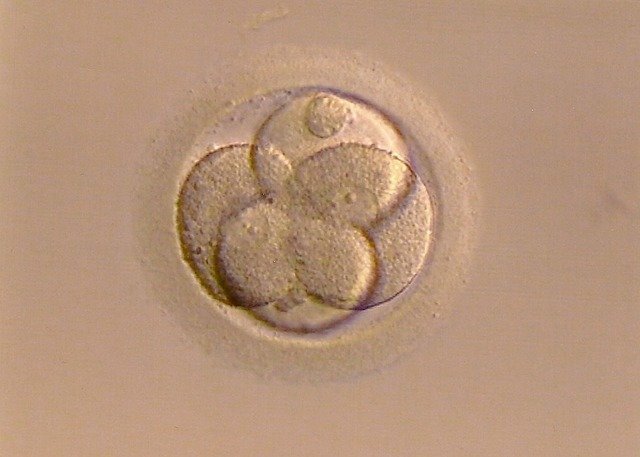
Once we know the treatment to be carried out is
an egg donation, the hardest part is to accept the donation.
Making decisions before starting the treatment is very important, that is why we recommend a first visit with our psychologist at the clinic.
First visit with the psychologist
The aim of the first visit with the psychologist is to obtain the maximum of information in order to solve all the doubts and to have the opportunity to ask all the possible questions in order to feel secure and confident in the decision to make.
When a final decision is made to start with the treatment the most complicated part is already solved and the rest of the process will be easier.
The
egg donation is an easy medical treatment for the egg donor recipient, as it is the donor who does the ovarian stimulation and the egg retrieval.
Synchronization of cycle
In order to perform an
egg donation we must synchronize your cycle with your donor’s cycle. We can do this with a contraceptive pill or with an injection of a GnRh analog.
Once your period comes a hormone replacement therapy with estrogens begins in order to prepare the endometrium for the embryo reception. This can be done with pills or patches.
Scan control
7-10 days later a scan control will take place in order to check if the endometrium is ready and we will then have to wait for the donor to be ready for the egg retrieval. If you live far from Barcelona you can do it in the city where you live.
Once we program the egg retrieval we will contact you and ask your partner to give a semen sample that we will use to inseminate the donor eggs. A
semen sample can also be frozen before to avoid having to come on the day of the egg retrieval.
On the next day we will inform you about the outcome of the fecundation and you will start taking the progesterone. The progesterone can be taken either vaginal or subcutaneous.
Embryo transfer
Five days later the
embryo transfer wil take place.
The day of the embryo transfer we will inform you about your donor characteristics and we will tell you how many on-going embryos we have and how they are.
Usually one or two blastozysts will be transferred and the rest will be vitrified for further attempts.
The embryo transfer will be performed in an adjacent room next to the in vitro laboratory and it will only take around 5 minutes.
First part
A catheter is introduced through the neck of the uterus which allows us to place the embryos in the uterine cavity. An ultrasound scan is carried out in order to make sure that the embryos are placed in the right place.
The troubles that you can feel are the same as the ones you can experience in a gynecological check-up so there is no need for anesthesia or to come with an empty stomach.
Second part
The day of the embryo transfer we recommend relative rest and the following days you can lead a normal life avoiding efforts and sexual intercourse.
14 days after the embryo transfer you should take a home pregnancy test.
If the test is positive the treatment with estrogens and progesterone has to be carried on during two months. If the urine test is negative a blood test has to be done in order to confirm the negative result before stopping the treatment.
Egg Donation: Conclusions
• During the whole cycle of egg donation you can lead a normal but quiet life, avoiding big efforts and sexual intercourse after the embryo transfer.
• The day of the transfer we recommend relative rest.
• During an egg donation treatment you should come one day to the clinic for an ultrasound scan, then the day of the egg retrieval, to give a semen sample, and the day of the embryo transfer.
• If you live far from Barcelona we can freeze the semen sample on the first day of your visit. You can then do the scan where you live and come only the day of the embryo transfer.
• All women that have carried out an egg donation tell us that the hardest part is to accept the treatment and to wait for the result of the pregnancy test.
 Once we know the treatment to be carried out is an egg donation, the hardest part is to accept the donation.
Making decisions before starting the treatment is very important, that is why we recommend a first visit with our psychologist at the clinic.
Once we know the treatment to be carried out is an egg donation, the hardest part is to accept the donation.
Making decisions before starting the treatment is very important, that is why we recommend a first visit with our psychologist at the clinic.
 Once we know the treatment to be carried out is an egg donation, the hardest part is to accept the donation.
Making decisions before starting the treatment is very important, that is why we recommend a first visit with our psychologist at the clinic.
Once we know the treatment to be carried out is an egg donation, the hardest part is to accept the donation.
Making decisions before starting the treatment is very important, that is why we recommend a first visit with our psychologist at the clinic.
